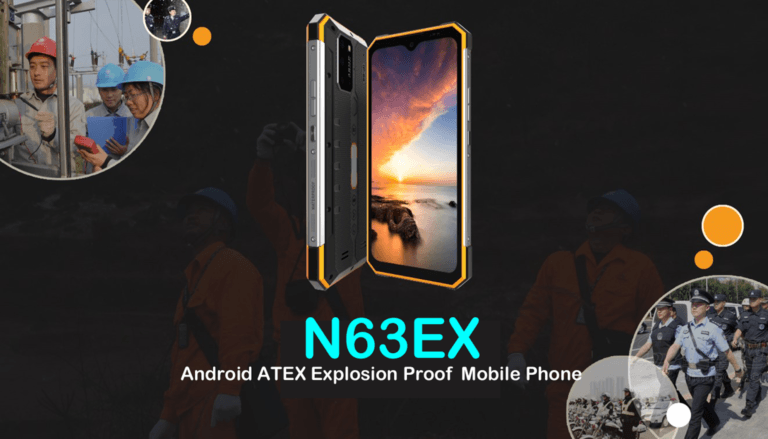The Application of Explosion-Proof Mobile Technology in Qatar’s Industrial Sector: A Case Study on Advanced 5G Solutions
Introduction
In the rapidly evolving landscape of industrial technology, communication plays a pivotal role in ensuring operational efficiency, worker safety, and regulatory compliance. Nowhere is this more critical than in countries like Qatar, where the economy is heavily anchored in high-risk sectors such as oil and gas, petrochemicals, and large-scale construction. In these environments, the use of standard consumer electronics poses a significant hazard due to the risk of igniting flammable gases, vapors, or dust. To address this challenge, specialized equipment—particularly explosion-proof (Ex-proof) mobile phones—has become an essential component of modern industrial operations.
One such innovation that aligns with the technological demands of hazardous zones is the concept of a high-performance, 5G-enabled, ATEX-certified explosion-proof smartphone. While specific public data on a “Polaris N63EX” model remains limited, we can explore the potential application and impact of such a device in Qatar by examining the features expected of next-generation Ex-proof phones and their integration into the nation’s core industries.
Understanding Explosion-Proof Technology
An explosion-proof mobile phone is not merely a ruggedized version of a regular smartphone. It is a purpose-built device engineered to operate safely in potentially explosive atmospheres. These environments are classified under international standards such as ATEX (Europe), IECEx (International), and NEC (North America), which define zones based on the likelihood and duration of explosive mixtures being present.
The fundamental principle behind explosion-proof design is intrinsic safety—ensuring that the electrical and thermal energy within the device is insufficient to ignite surrounding flammable substances. This is achieved through several key engineering solutions:
• Robust Enclosure: The phone is housed in a durable, sealed casing made from materials like polycarbonate or aluminum alloys that can withstand internal explosions without rupturing and prevent external sparks from entering.
• Circuit Protection: Internal circuits are designed with current and voltage limitations, often incorporating barriers and isolation techniques to prevent spark generation.
• Thermal Management: Components are selected and arranged to dissipate heat effectively, ensuring surface temperatures remain below the ignition point of common hazardous gases (e.g., methane, propane).
• Certification Compliance: Devices must undergo rigorous testing and receive certification (e.g., ATEX II 2G Ex ib IIC T4 Gb) to be legally used in designated hazardous areas.
Modern Ex-proof phones also integrate high levels of ingress protection (typically IP68), making them dust-tight and capable of withstanding prolonged water immersion—essential for harsh industrial conditions.
Qatar’s Industrial Landscape: A Demand for Safety-Centric Communication
Qatar, one of the world’s leading exporters of liquefied natural gas (LNG), hosts some of the most sophisticated and expansive energy infrastructure globally. The North Field, shared with Iran as South Pars, is the largest natural gas field in the world. Operations here—and across downstream facilities such as Ras Laffan Industrial City and Mesaieed Industrial Area—involve continuous monitoring, maintenance, and emergency response in Zone 1 and Zone 2 hazardous areas.
In addition to hydrocarbons, Qatar has invested heavily in mega-projects related to the FIFA World Cup 2022 and beyond, including smart cities, advanced transportation systems, and large-scale desalination plants. These projects often involve confined spaces, chemical treatments, and high-pressure systems—all scenarios where traditional mobile phones could pose a fire or explosion risk.
Given this context, the adoption of certified explosion-proof communication devices is not just a best practice; it is a regulatory and operational necessity. The Ministry of Municipality and Environment (MME) and other regulatory bodies enforce strict safety protocols aligned with international standards, mandating the use of Ex-certified equipment in designated zones.
Introducing the Conceptual Polaris N63EX: Features and Capabilities
While detailed specifications for the Polaris N63EX are not publicly verifiable, we can infer its likely capabilities based on industry trends and the naming convention (e.g., “N6” may refer to a series). A state-of-the-art Ex-proof smartphone like the N63EX would be expected to feature:
• 5G Connectivity: Enabling ultra-fast data transfer for real-time video streaming, remote diagnostics, and cloud-based asset management.
• Advanced Imaging: High-resolution cameras with night vision or thermal imaging for inspection tasks.
• Integrated Sensors: Built-in gas detectors, temperature sensors, and GPS for environmental monitoring and worker tracking.
• Long-Lasting Battery: Optimized for extended shifts, possibly with hot-swappable batteries.
• Rugged Design: Resistant to drops, vibrations, extreme temperatures (-20°C to 60°C), and corrosive chemicals.
• Global Certifications: Compliance with ATEX, IECEx, and potentially INMETRO or other regional standards for international usability.
Such a device would serve as a multifunctional tool—combining voice communication, data collection, safety alerts, and digital workflow management—all within a single, intrinsically safe platform.
Applications Across Key Sectors in Qatar
• Oil & Gas Production and RefiningIn offshore platforms and onshore processing plants, workers require constant communication during drilling, pipeline maintenance, and tank inspections. The Polaris N63EX (or similar) would allow technicians to report anomalies via live video, scan QR codes for equipment history, and trigger emergency alerts without leaving the hazardous zone. Its 5G capability ensures seamless connectivity even in remote desert or marine locations equipped with private networks.
• LNG Terminals and Storage FacilitiesAt facilities like Qatargas and RasGas, maintaining the integrity of cryogenic systems is paramount. Workers using Ex-proof phones can monitor pressure readings, log maintenance activities digitally, and coordinate with control rooms in real time. The device’s durability ensures reliable performance despite exposure to extreme cold and humidity.
• Petrochemical and Fertilizer PlantsIndustries producing ethylene, methanol, or urea deal with volatile organic compounds. Here, the integrated gas detection feature of an advanced Ex-phone could provide early warnings of leaks, automatically notifying safety officers and initiating evacuation protocols.
• Power and Water DesalinationMany power stations in Qatar use natural gas and operate at high pressures. Desalination plants employ chlorine and other reactive chemicals. In both settings, Ex-proof phones enhance situational awareness during routine checks and emergency repairs.
• Construction and Tunneling ProjectsLarge infrastructure developments, especially those involving underground utilities or tunnel boring machines, can accumulate methane or hydrogen sulfide. Workers equipped with Ex-certified smartphones can maintain contact with surface teams and report hazardous conditions instantly.
• Emergency Response and FirefightingFirst responders entering industrial accident sites face unknown risks. An explosion-proof phone with thermal imaging and SOS functionality becomes a lifeline, enabling coordination with command centers while minimizing secondary ignition risks.
Operational Benefits and Return on Investment
Deploying advanced Ex-proof communication devices offers tangible benefits:
• Enhanced Safety: Reduces the risk of ignition sources, protecting personnel and infrastructure.
• Improved Efficiency: Digital workflows replace paper-based systems, reducing errors and speeding up decision-making.
• Regulatory Compliance: Ensures adherence to OSHA-equivalent standards and avoids costly fines.
• Data Integration: Enables IoT connectivity, feeding real-time operational data into enterprise resource planning (ERP) and computerized maintenance management systems (CMMS).
• Cost Savings: Prevents downtime caused by accidents and streamlines maintenance scheduling.
For Qatari enterprises committed to Vision 2030—a national strategy emphasizing economic diversification and sustainable development—the adoption of smart, safe technologies like Ex-proof 5G phones represents a strategic investment in long-term resilience and innovation.
Conclusion
While specific details about the Polaris N63EX remain inaccessible, the broader application of explosion-proof mobile technology in Qatar is clear and compelling. In a nation where industrial excellence goes hand-in-hand with stringent safety requirements, devices that combine intrinsic safety with cutting-edge connectivity are indispensable. As Qatar continues to expand its energy exports and develop world-class infrastructure, the role of certified, intelligent communication tools will only grow in importance. Companies investing in such technology are not only protecting their workforce but also positioning themselves at the forefront of industrial digital transformation.
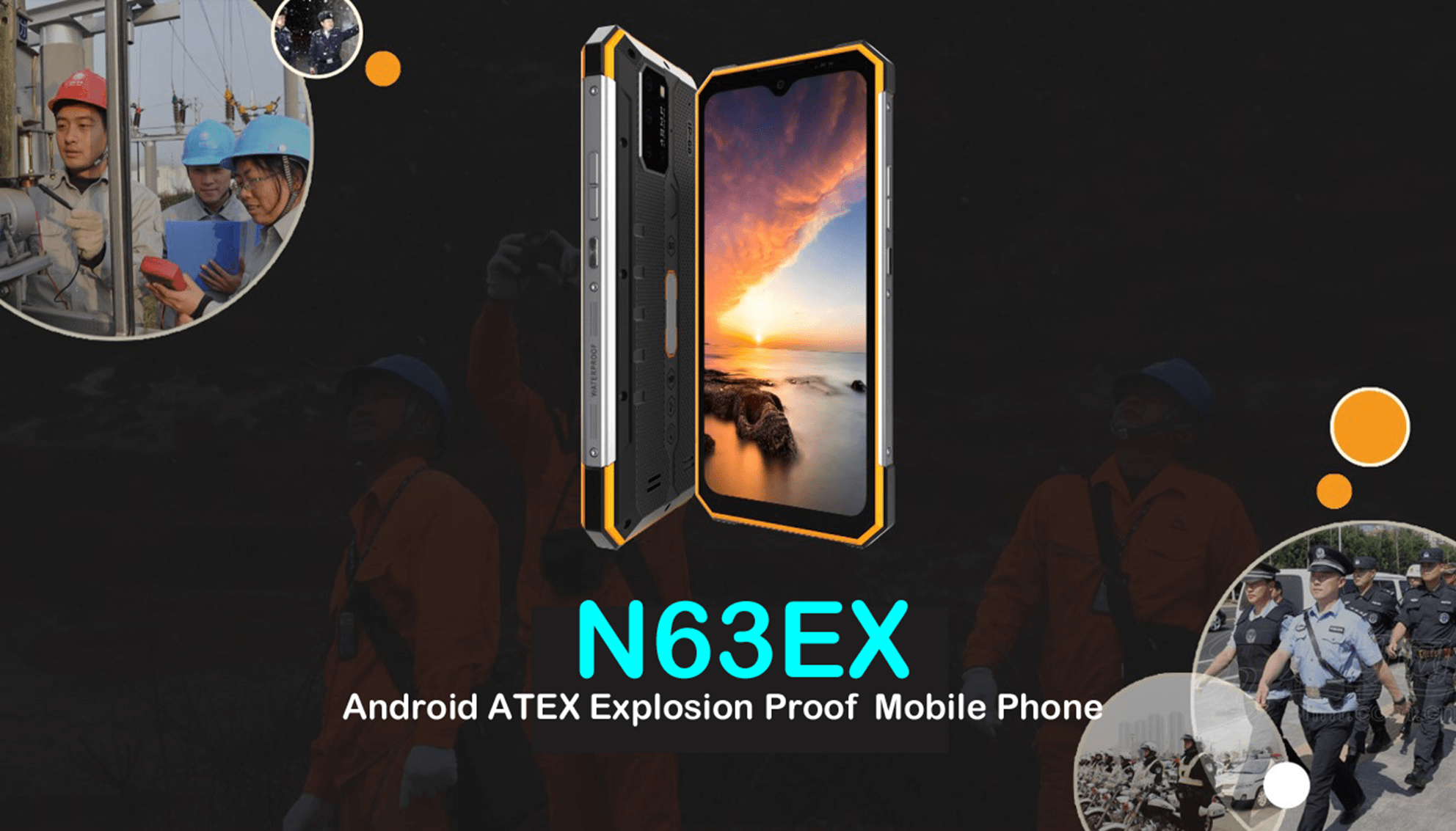
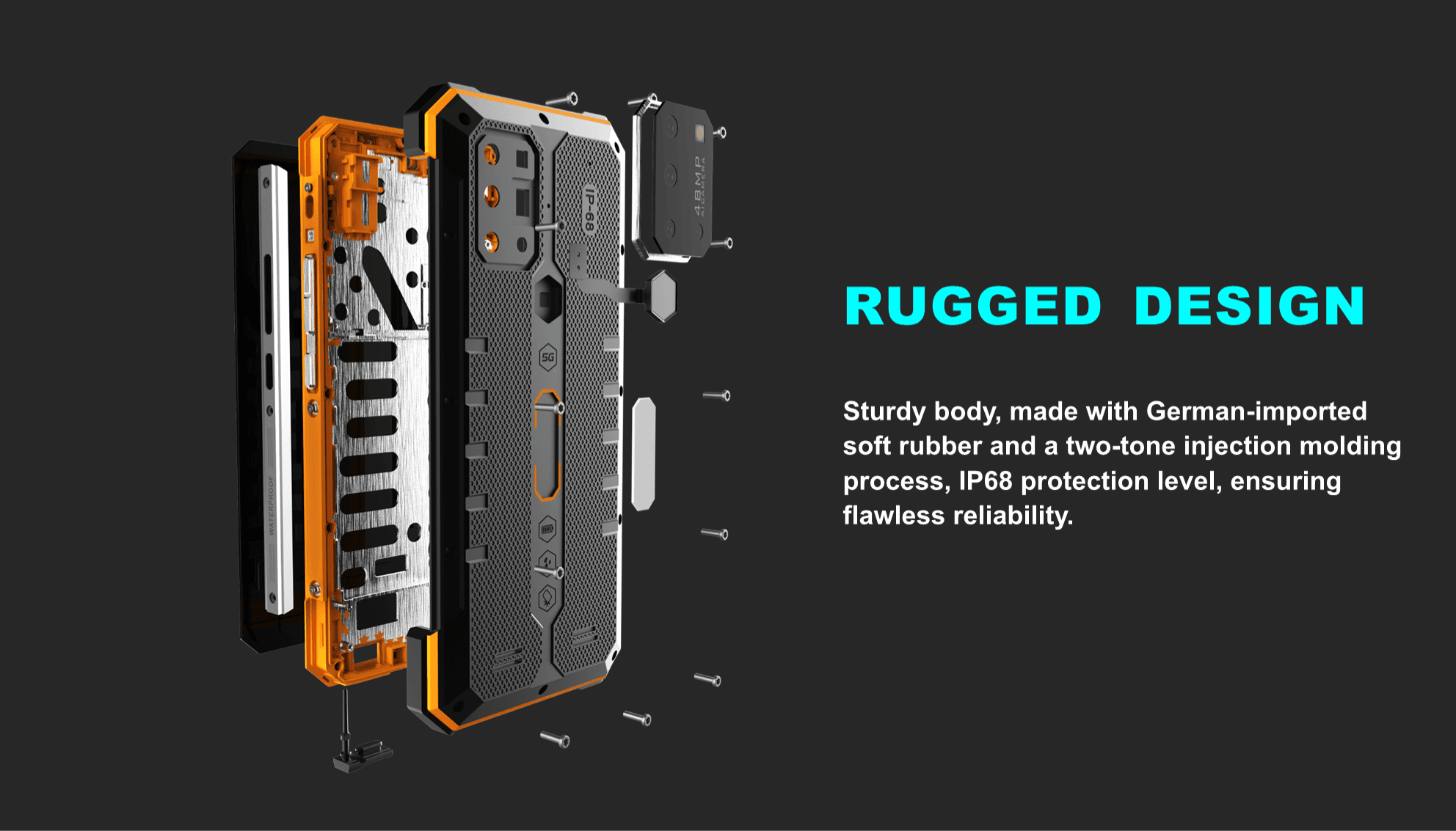
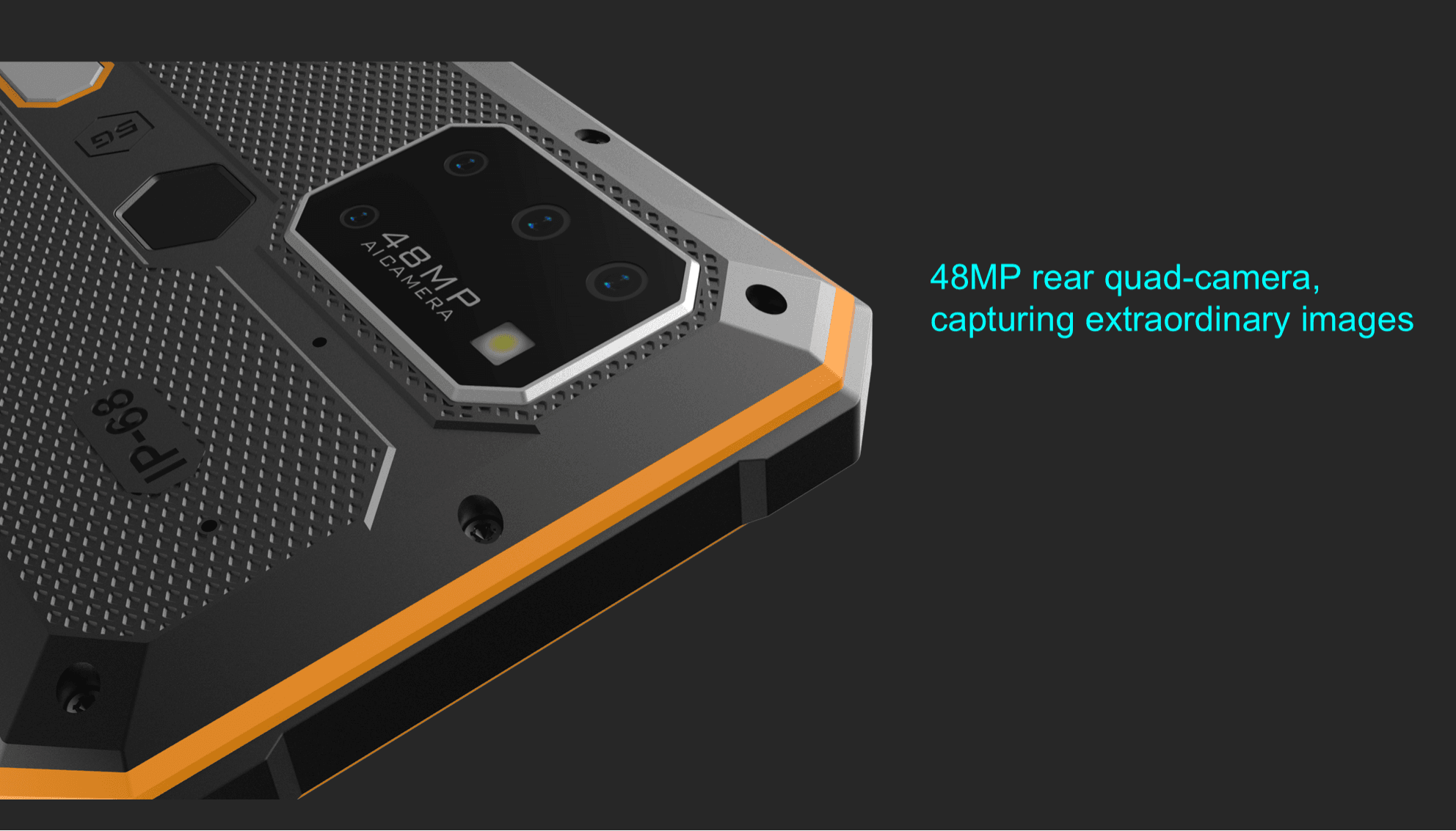
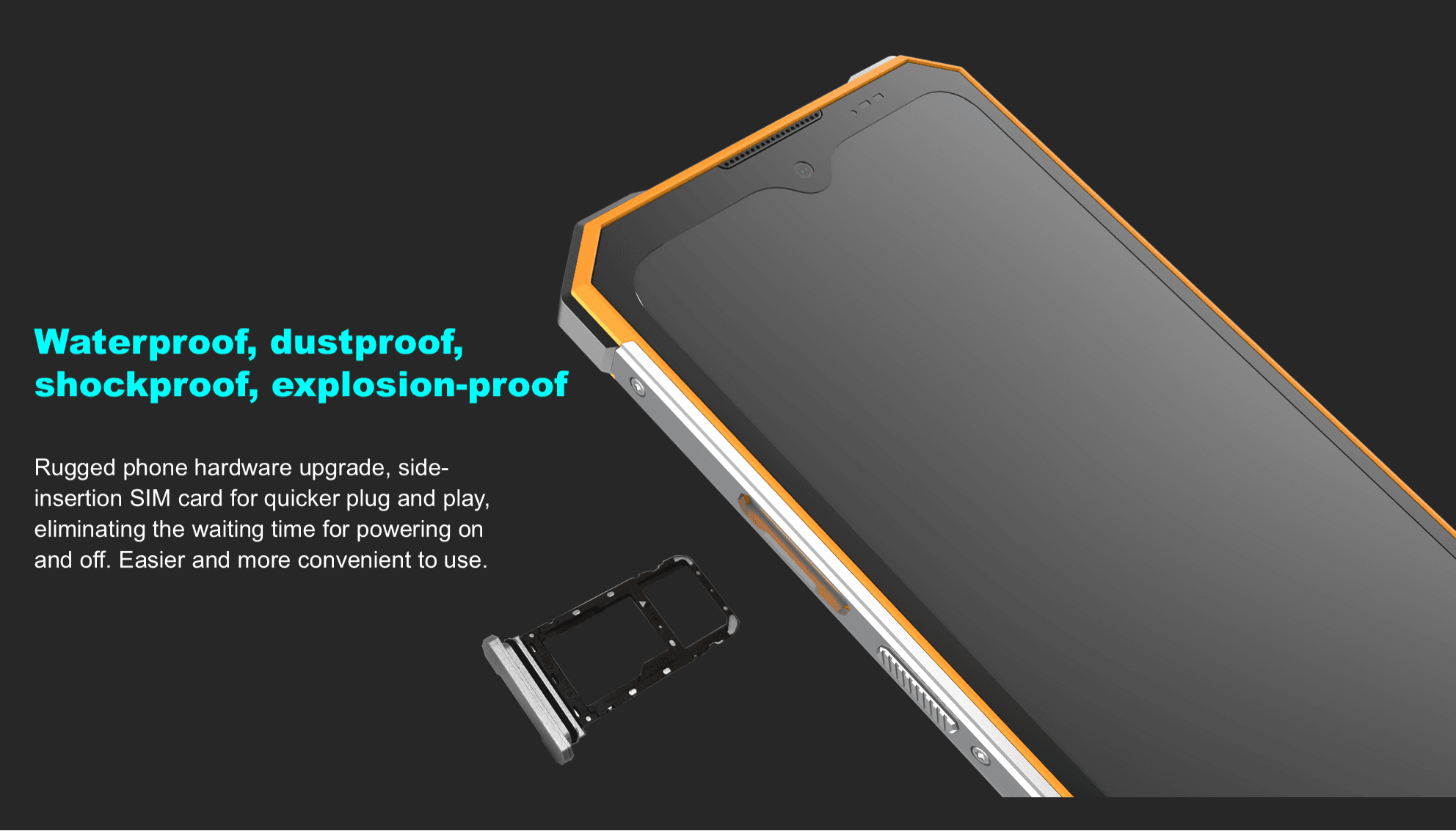
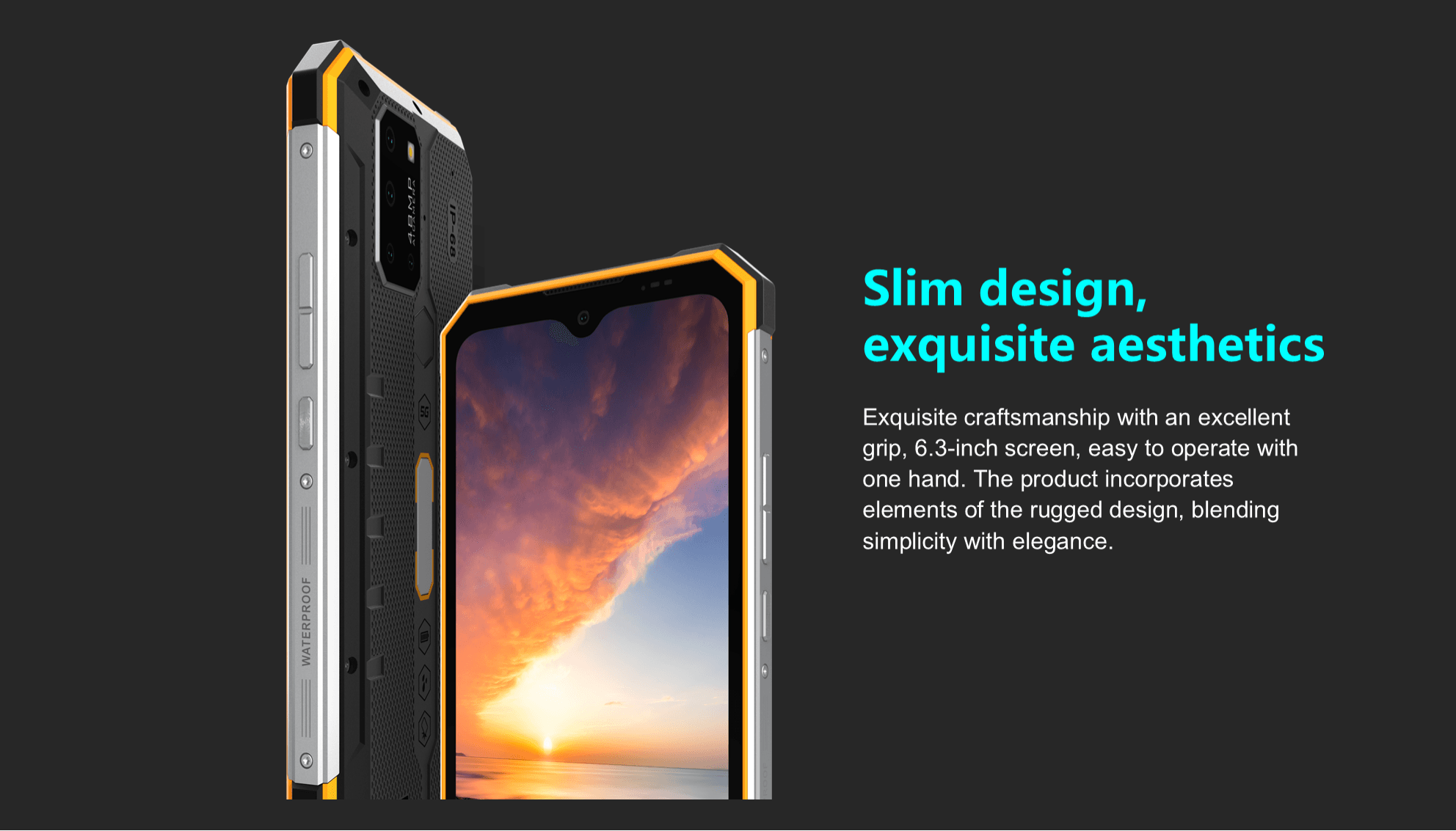
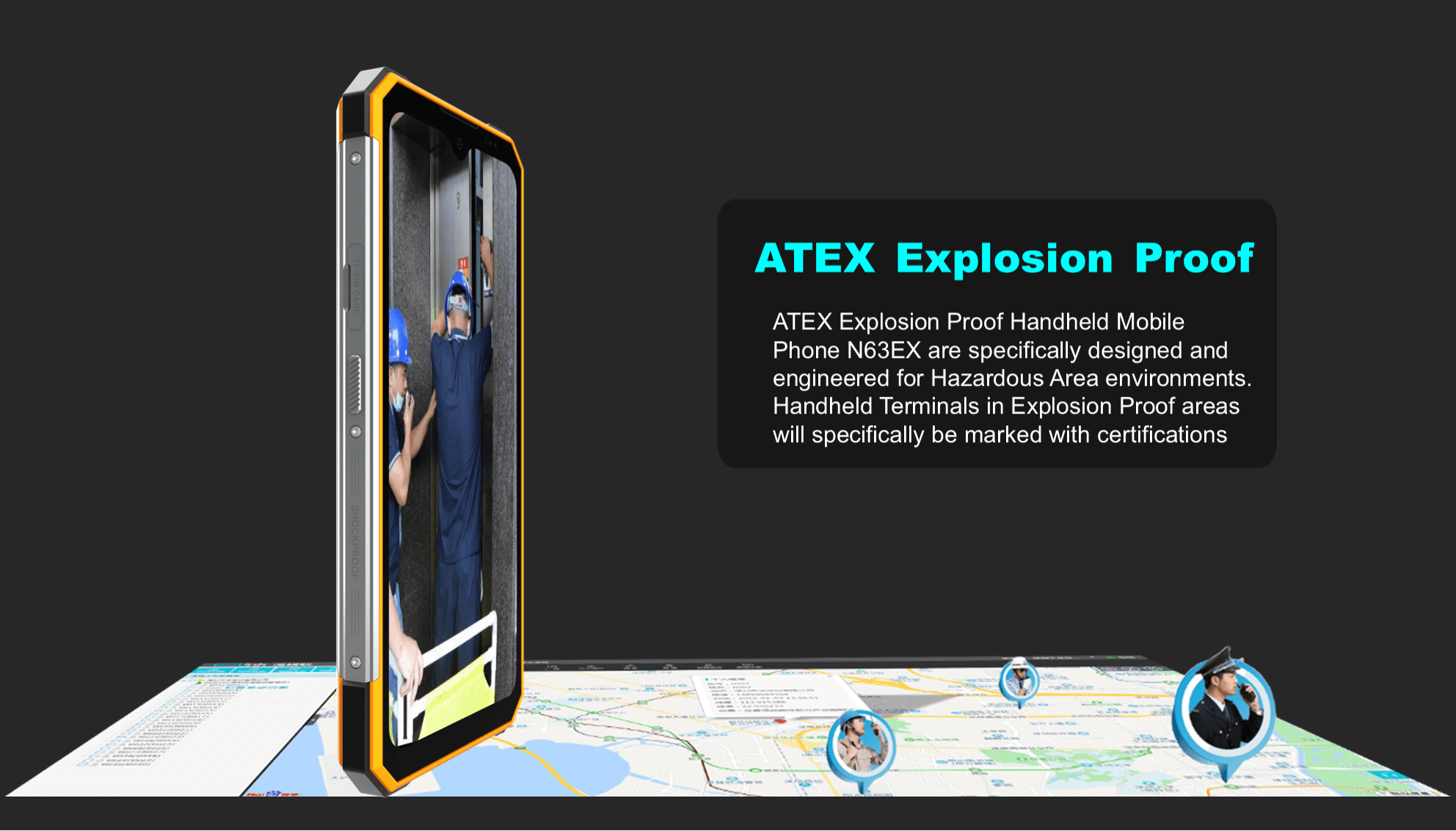
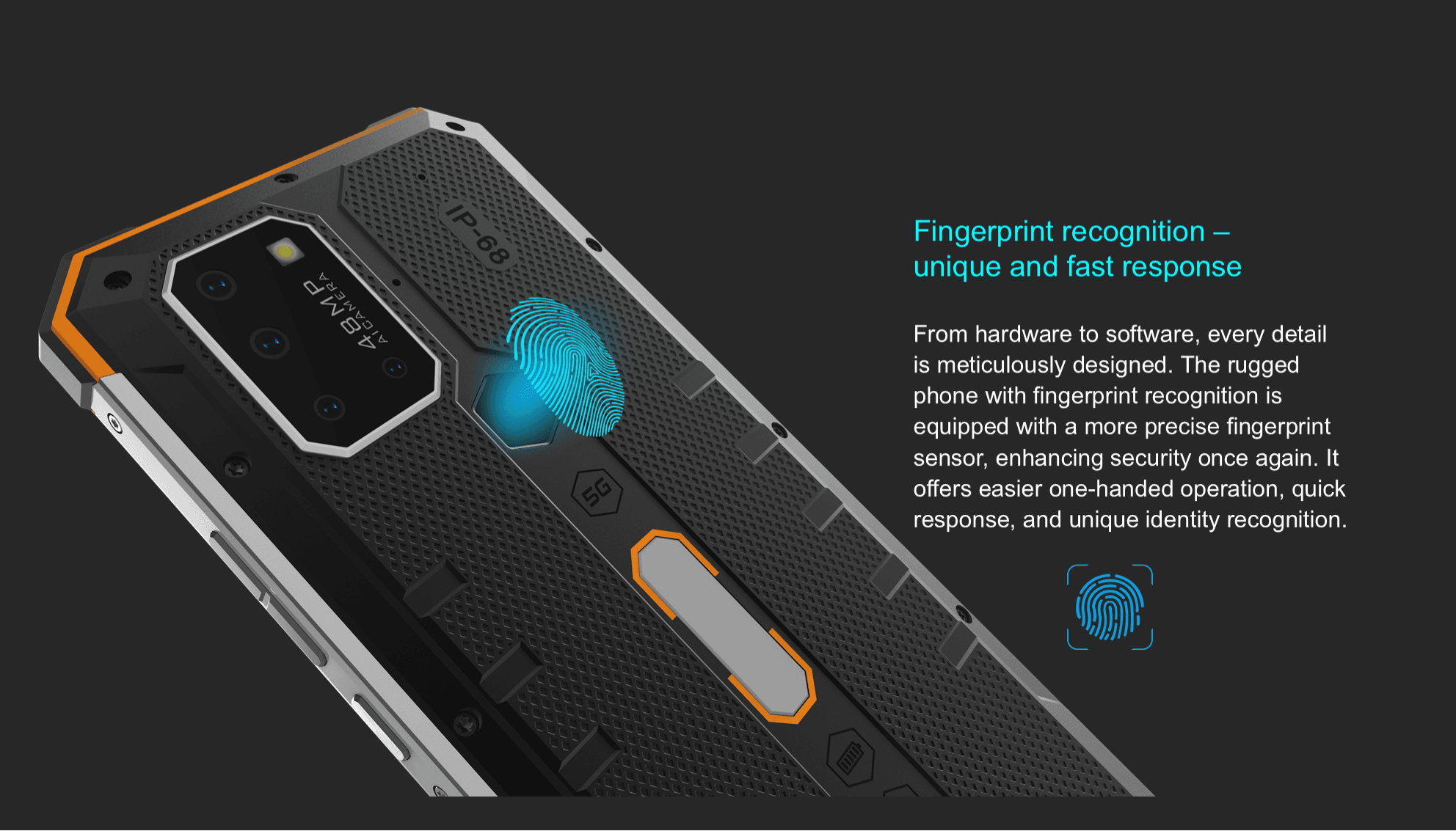

i safe mobile price
ex proof mobiles suppliers in qatar
ex proof mobiles in doha
ex proof mobiles in qatar
polaris phone
ex mobile phone price in qatar
explosion proof mobile phones uae
explosion proof mobile phone without camera
atex mobile phone dubai
intrinsically safe tablet
explosion proof mobile-phone price
atex mobile phone abu dhabi
atex supplier in qatar
atex mobile in uae
ex proof mobile phone
handphone explosion proof
atex mobile phone uae
hazardous area mobile phones
intrinsically safe mobile phone price in uae
intrinsically safe mobile phone price in uae
atex mobile phone
explosion proof phone
explosion proof smartphone
explosion proof mobile
explosion proof mobile phone
explosion proof cell phone
atex tablets
atex phones
explosion proof tablet
explosion proof mobile phones uae

